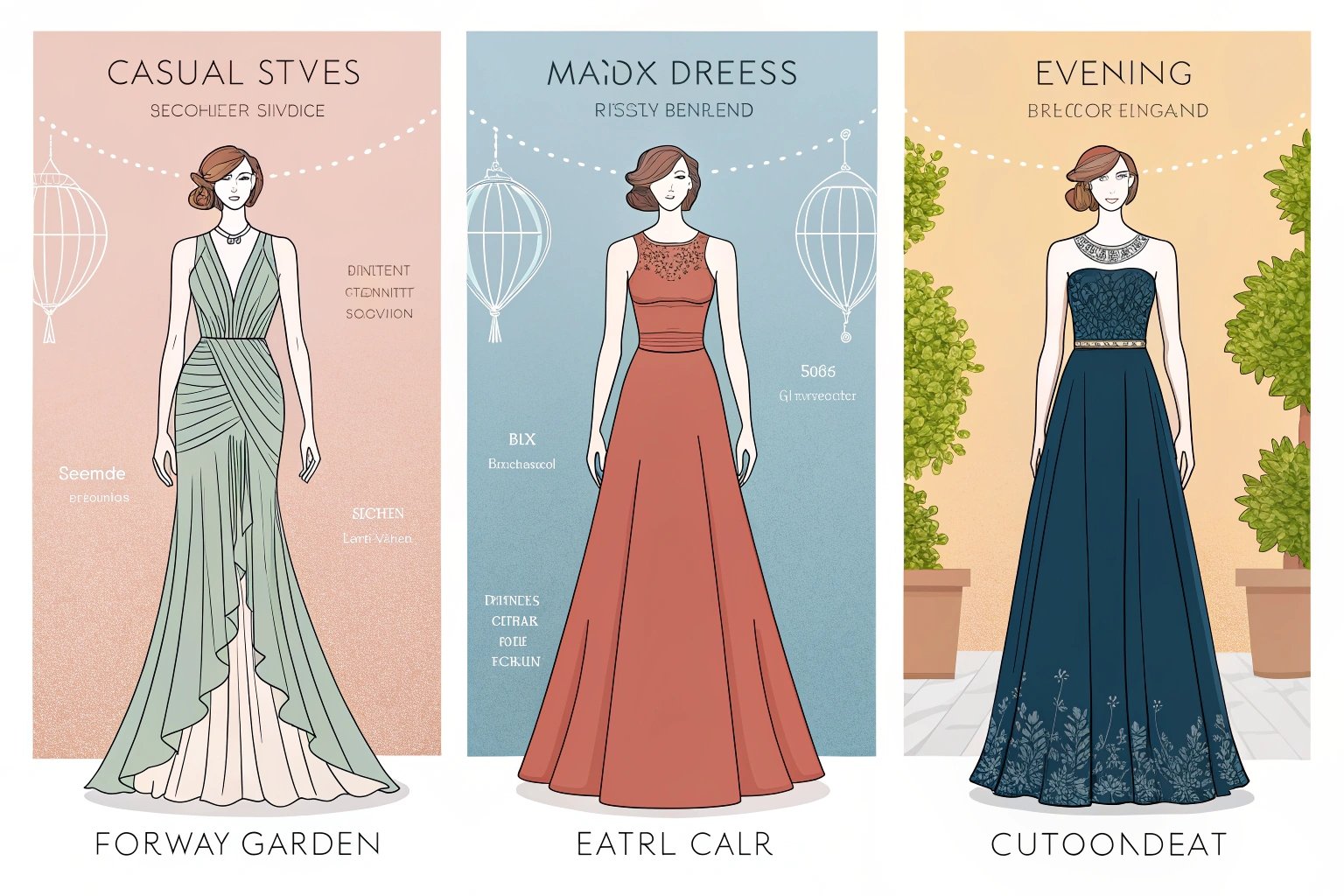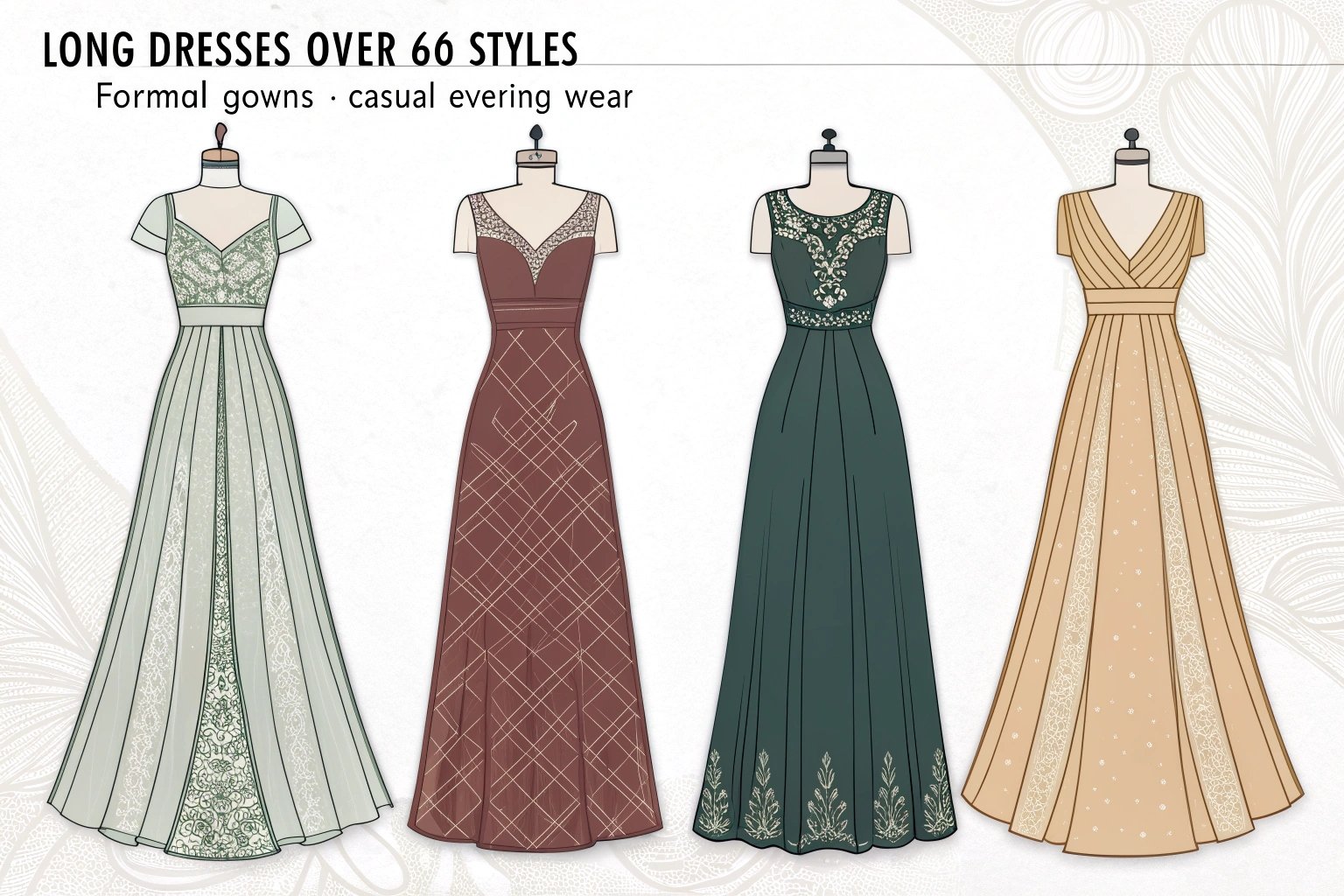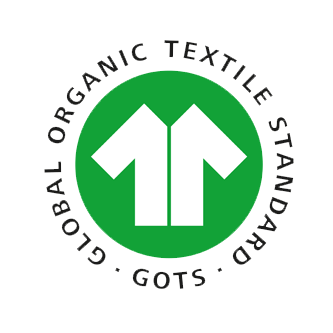In the fashion industry, roles often overlap but also carry distinct responsibilities.
Clients, especially wholesale buyers, often ask us at Xzapparel about the difference between a fashion designer and a dress maker.
Both contribute to the creation of garments, but their approaches, skills, and roles in the production chain are not the same.
A fashion designer focuses on concept, creativity, and overall design direction, while a dress maker specializes in garment construction, tailoring, and bringing designs to life through craftsmanship.
At Xzapparel, we collaborate with both roles—designers who provide creative direction and dress makers who transform sketches into real products. Understanding the difference helps buyers know how their garments move from concept to final production.
What does a fashion designer do?
Fashion designers are the visionaries of the industry.
A fashion designer creates garment concepts by combining artistic vision, market research, and trend forecasting, then translates them into sketches and technical packs.
Core responsibilities
- Researching trends, fabrics, and colors
- Creating sketches and mood boards
- Preparing tech packs for manufacturers
- Defining collections around themes and seasons
| Attribute | Fashion Designer |
|---|---|
| Focus | Creativity, vision, aesthetics |
| Tools | Sketches, CAD software, trend reports |
| Output | Tech packs, seasonal collections |
Designers often collaborate closely with factories like Xzapparel to ensure their creative ideas are technically feasible.
What does a dress maker do?
Dress makers focus on execution and craftsmanship.
A dress maker is skilled in sewing, cutting, and tailoring, responsible for constructing garments based on provided patterns or designs.
Core responsibilities
- Cutting fabrics according to patterns
- Sewing and assembling garments
- Fitting garments to ensure correct proportions
- Applying finishing touches like zippers, hems, and linings
| Attribute | Dress Maker |
|---|---|
| Focus | Craftsmanship, garment construction |
| Tools | Sewing machines, cutting tools, patterns |
| Output | Finished garments |
In mass production, factories employ teams of skilled dress makers who transform fashion designers’ concepts into bulk-ready garments.
How do the two roles work together?
Fashion designers provide the creative direction, while dress makers ensure the garment fits, functions, and meets quality expectations.
Workflow collaboration
- Designer sketches a new dress with specifications
- Dress maker creates a prototype or sample
- Designer reviews fit and style adjustments
- Dress maker applies revisions for production-ready version
At Xzapparel, this partnership is critical—we align creative input with manufacturing expertise.
Do fashion designers also sew?
Some fashion designers know sewing basics, but their main role is design direction, not production.
Many designers rely on dress makers or factories to produce their concepts. This allows them to focus on trend forecasting, branding, and collection building.
Do dress makers design clothes?
Dress makers can design clothes, but their expertise is in construction.
Some may design custom gowns for clients, especially in bridal or couture, but most focus on perfecting fit and execution rather than creating seasonal collections.
What skills define a fashion designer vs a dress maker?
| Skillset | Fashion Designer | Dress Maker |
|---|---|---|
| Creativity | High | Medium |
| Technical sewing | Medium | High |
| Trend analysis | High | Low |
| Pattern making | Medium | High |
| Branding | High | Low |
| Attention to detail | Medium | High |
This comparison shows why both are essential but serve distinct roles.
Where do you find fashion designers and dress makers?
Fashion designers often work in brands, design houses, or freelance, while dress makers work in ateliers, tailoring shops, or factories.
- Designers → Found in global fashion hubs (Paris, Milan, New York)
- Dress makers → Found in production hubs and manufacturing countries like China, Vietnam, Bangladesh
At Xzapparel, we employ skilled production teams (dress makers) while collaborating with designers from international brands.
Why does the difference matter to wholesale buyers?
For wholesale buyers, knowing the difference clarifies how to move from design to mass production.
- Designers help define the vision and collection identity
- Dress makers and factories deliver quality, scalable production
This ensures buyers know who to engage at each step of their supply chain.
How has the relationship evolved with modern manufacturing?
In today’s fashion industry, roles overlap more than ever.
Modern factories combine design support, technical pattern making, and skilled production, bridging the gap between designer creativity and dress maker execution.
At Xzapparel, we provide integrated services—working with buyer design teams while ensuring production teams execute garments precisely.
Common misconceptions about designers and dress makers
- “Designers always sew their own clothes.” Not true—most delegate production.
- “Dress makers can’t design.” Not true—many design at a smaller, custom scale.
- “Factories only execute.” Not true—factories like Xzapparel provide design assistance, fabric sourcing, and sample development.
Conclusion
Fashion designers and dress makers play different but complementary roles. Designers set the vision, while dress makers bring it to life through skilled construction. For wholesale buyers, recognizing this difference is key to sourcing effectively.
At Xzapparel, we bridge both worlds by supporting creative design input and executing production with skilled craftsmanship—helping brands scale ideas into real garments for global markets.









